The Indian Income Tax system allows individuals and HUFs to choose between two tax regimes:
- Old Regime – with various deductions and exemptions
- New Regime (u/s 115BAC) – with lower slab rates but minimal deductions
For income tax return for FY 2024-25, these are the tax slabs that apply to the income earned between 1st April 2024 and 31st March 2025. The due date for filing your return is 15th September for non-audit cases and 31st October for audit cases.
Slab Rates – FY 2024-25
A. Old Tax Regime
| Income Range | Tax Rate |
|---|---|
| Up to ₹2.5 lakh | Nil |
| ₹2.5 lakh – ₹5 lakh | 5% |
| ₹5 lakh – ₹10 lakh | 20% |
| Above ₹10 lakh | 30% |
🧓 Senior Citizens (60–80 years): Basic exemption ₹3 lakh
👵 Super Senior Citizens (80+ years): Basic exemption ₹5 lakh
- Standard Deduction: ₹50,000
- Rebate u/s 87A (Allowed only for Resident Individuals): Full rebate if taxable income ≤ ₹5 lakh (max ₹12,500)
- Old Tax Regime give benefits to avail exemptions and Deductions
B. New Tax Regime (u/s 115BAC – Default regime)
| Income Range | Tax Rate |
|---|---|
| Up to ₹3 lakh | Nil |
| ₹3 lakh – ₹7 lakh | 5% |
| ₹7 lakh – ₹10 lakh | 10% |
| ₹10 lakh – ₹12 lakh | 15% |
| ₹12 lakh – ₹15 lakh | 20% |
| Above ₹15 lakh | 30% |
- Standard Deduction: ₹75,000 (applicable from FY 2024-25 onwards)
- Rebate u/s 87A (Allowed only for Resident Individuals): Full rebate if taxable income ≤ ₹7 lakh
- The marginal relief is available on income above 7 Lakhs
- The rebate is not available for income that is taxed at special rates (e.g., capital gains under section 112A).
- Very Limited Deductions and exemptions are available in new regime: 1) Standard Deduction on Salary Rs.75000 2) Transport allowance for Handicapped Persons 3) Standard Deduction on Family pension upto Rs.25000 4) Employer contribution in NPS u/s 80ccd(2), 5) Agniveer Corpus fund section 80CCH 6) Housing loan interest Deduction on Let our Property only
Health & Education Cess and Surcharge
| Net Taxable Income | Surcharge Rate |
|---|---|
| ₹50 lakh – ₹1 crore | 10% |
| ₹1 crore – ₹2 crore | 15% |
| ₹2 crore – ₹5 crore | 25% |
| Above ₹5 crore | 37% (Old regime only, capped at 25% in new regime) |
- Health & Education Cess: 4% on income tax + surcharge in both regimes
Marginal Relief on surcharge
To avoid excess tax liability due to sudden surcharge jumps, marginal relief is available:
| Net Income Range | Marginal Relief Explanation |
|---|---|
| > ₹50 lakh – ₹1 crore | Tax + surcharge should not exceed tax on ₹50 lakh by more than excess income over ₹50 lakh |
| > ₹1 crore – ₹2 crore | Tax + surcharge should not exceed tax on ₹1 crore by more than excess income over ₹1 crore |
| > ₹2 crore – ₹5 crore | Tax + surcharge should not exceed tax on ₹2 crore by more than excess income over ₹2 crore |
| Above ₹5 crore | Tax + surcharge should not exceed tax on ₹5 crore by more than excess income over ₹5 crore |
✅ This ensures a fair tax burden across income brackets.
Opt in or Opt out – New Tax Regime?
| Nature of Income | Provisions |
| Income from Salary or any other head of income attracting TDS | Choice to be made by the employee at the beginning of the financial year. Though the choice cannot be changed during the year, It can be changed at the time of filing Income Tax Return. |
| Income from Business & Profession | In case you have Business or professional income, the choice between tax regimes can only be made once in a lifetime. |
To opt in or opt out new regime form 10IEA is to be filled in case you are filing ITR 3 or 4
📊 Capital Gains Tax Rates
Long-Term Capital Gains and Short-Term Capital Gains
✅ Before 23/07/2024
Following are the tax rates for capital gains arising in case the transfers happened before 23/07/2024, Indexation benefit is also available:
| Tax Type | Condition | Applicable Tax |
|---|---|---|
| Long-Term Capital Gains Tax (LTCG) | Sale of: – Listed Equity shares (If STT has been paid on purchase and sale of such shares) – Units of equity-oriented mutual fund (If STT has been paid on sale of such units) | 10% over and above ₹1 lakh |
| Others | – | 20% |
| Short-Term Capital Gains Tax (STCG) | When Securities Transaction Tax (STT) is not applicable | Normal slab rates |
| When STT is applicable | 15% |
✅ From 23/07/2024
For the transfers happened on or after 23 July 2024, tax on capital gains are to be taxed as follows:
| Tax Type | Condition | Applicable Tax |
|---|---|---|
| Long-Term Capital Gains Tax (LTCG) | Sale of: – Listed Equity shares (If STT has been paid on purchase and sale of such shares) – Units of equity-oriented mutual fund (If STT has been paid on sale of such units) | 12.5% over and above ₹1.25 lakh |
| Land or Building or Both | Individual & HUF taxpayers: – 12.5% without indexation – 20% with indexation Other persons: – 12.5% without indexation | As per choice / category |
| Others | – | 12.5% |
| Short-Term Capital Gains Tax (STCG) | When STT is not applicable | Normal slab rates |
| When STT is applicable | 20% |
📈 Tax Rates on Equity and Debt Mutual Funds
Gains made on the sale of debt funds and equity funds are treated differently. Any fund that invests heavily in equities (more than 65% of their total portfolio) is called an equity fund.
| Funds | Acquired on or before 1 April 2023 | Acquired after 1 April 2023 |
|---|---|---|
| Short-Term Capital Asset | Long-Term Capital Asset | |
| Debt Funds | At tax slab rates of the individual | 20% with indexation |
| Equity Funds | 15% | 10% over and above ₹1.25 lakh without indexation* |
📌 Notes:
- Note *: 10% tax without indexation with an exemption limit of ₹1,25,000 is applicable when the transfer happens on or before 23/07/2024. The tax of 12.5% without indexation is applicable for transfers on or after 23/07/2024.
- Note **: Irrespective of the holding period, with effect from 01/04/2023, the capital gains on sale of Debt Mutual Funds, Market Linked Debentures (MLDs), and Unlisted Bonds or Debentures are always considered short-term and taxed at normal slab rates.
📊 Capital Gains Tax Comparison – Before & After 23 July 2024
| Type of Asset | Tax on STCG (Before & After) | Tax on LTCG – Before 23 July 2024 | Tax on LTCG – After 23 July 2024 |
|---|---|---|---|
| Listed Equity Shares (STT Paid) | Before 23 July 2024 – 15% After 23 July 2024 – 20% | 10% on gains above ₹1 lakh | 12.5% on gains above ₹1.25 lakh |
| Unlisted Equity Shares | Normal tax rate | 20% with indexation | 12.5% without indexation |
| Listed Preference Shares | Normal tax rate | 20% with indexation or 10% without indexation | 12.5% without indexation |
| Unlisted Preference Shares | Normal tax rate | 20% with indexation | 12.5% without indexation |
| Equity Mutual Funds (STT Paid) | Before 23 July 2024 – 15% After 23 July 2024 – 20% | 10% on gains above ₹1 lakh | 12.5% on gains above ₹1.25 lakh |
| Equity Mutual Funds (STT not Paid) | Normal tax rate | 20% with indexation | 12.5% without indexation |
| Sovereign Gold Bonds (Listed) | Normal tax rate | 10% without indexation | 12.5% without indexation |
| Any Other Bond (Listed) | Normal tax rate | 20% with indexation | 12.5% without indexation |
| Specified Mutual Funds (Debt Funds) | Normal tax rate | 20% with indexation or 10% without indexation | 12.5% without indexation |
| Other Mutual Funds (Gold/Overseas/FOFs) | Normal tax rate | 20% with indexation | 12.5% without indexation |
| Units of AIF (Non-listed shares) | Normal tax rate | 20% with indexation | 12.5% without indexation |
Income from Lottery, Gambling, Betting, Card Games, Online Gaming
| Income Type | Tax Rate | TDS Applicable | Remarks |
|---|---|---|---|
| Lottery, Gambling, etc. | 30% | TDS @ 30% u/s 194B | No deductions or expenses allowed |
| Horse Racing | 30% | TDS @ 30% u/s 194BB | |
| Online Gaming (w.e.f. 1 Apr 2023) | 30% | TDS on net winnings u/s 194BA | Applies on withdrawal or year-end |
🚫 No deduction under Chapter VI-A, no rebate u/s 87A applicable on these incomes.
📊 Tax Provisions on VDAs
📌 What is a Virtual Digital Asset (VDA)?
As per Section 2(47A) of the Income Tax Act, VDAs include:
- Cryptocurrencies (like Bitcoin, Ethereum, etc.)
- Non-Fungible Tokens (NFTs)
- Any other digital asset as notified by the government
📊 Tax Rules on VDA:
| Particulars | Tax Treatment |
|---|---|
| Tax Rate | 30% flat on gains (Section 115BBH) |
| Surcharge & Cess | Applicable as per income slab |
| No Deduction | No deduction allowed except cost of acquisition |
| Loss Set-off | VDA losses cannot be set off against any other income |
| Loss Carry Forward | Not allowed |
| Gift of VDA | Taxable in hands of recipient under Section 56(2)(x) if value > ₹50,000 |
| TDS | 1% TDS under Section 194S if total payment > ₹10,000 (₹50,000 for specified persons) in a financial year |
| Transaction Type | TDS applies whether in cash or in kind (crypto-to-crypto also) |
🔍 Example
- You buy Bitcoin for ₹1,00,000 and sell it for ₹1,50,000.
- Gain = ₹50,000
- Tax @30% = ₹15,000 (plus surcharge & cess)
- No benefit of slab, deductions, or adjusting any loss
Visit www.cagurujiclasses.com for practical courses
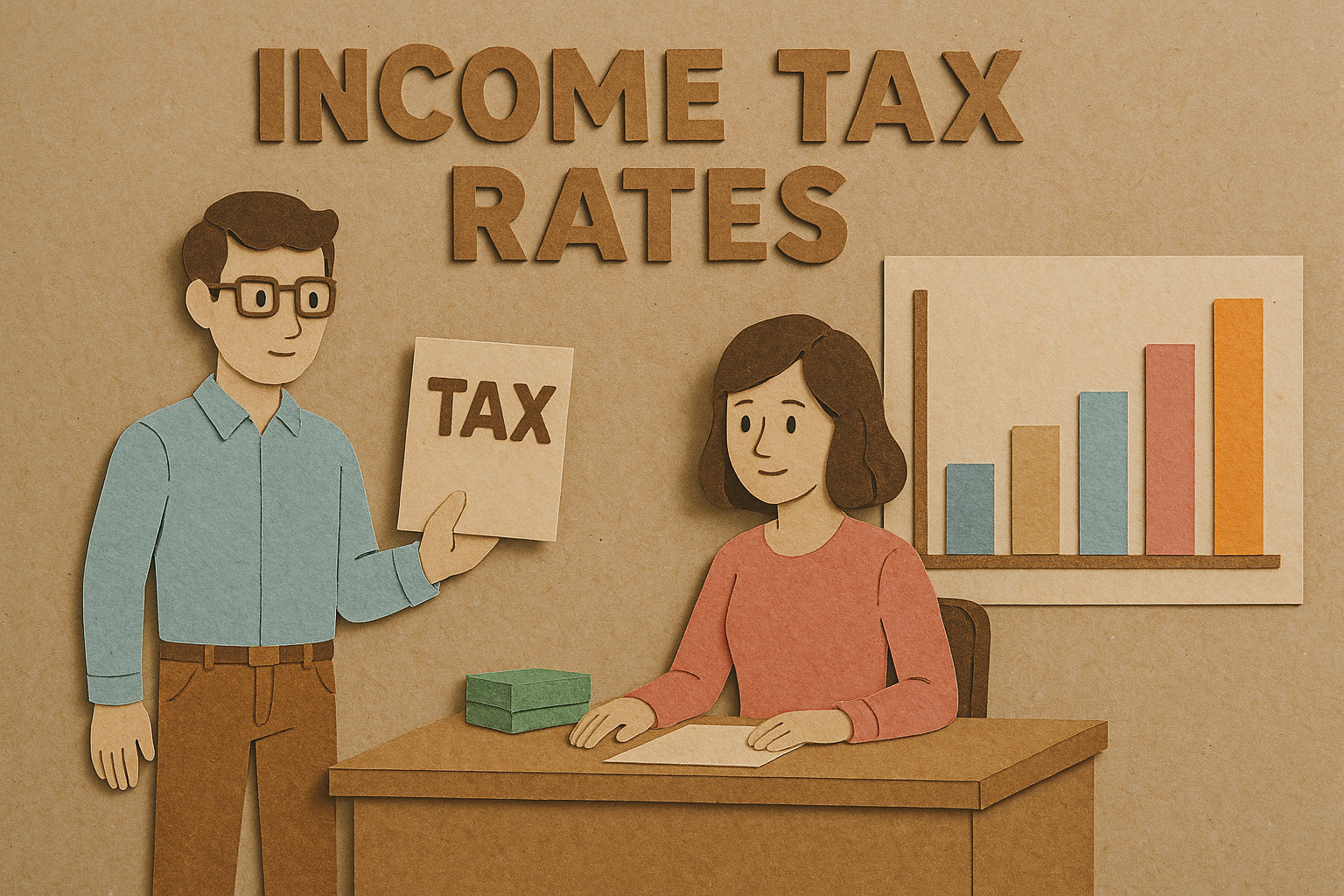


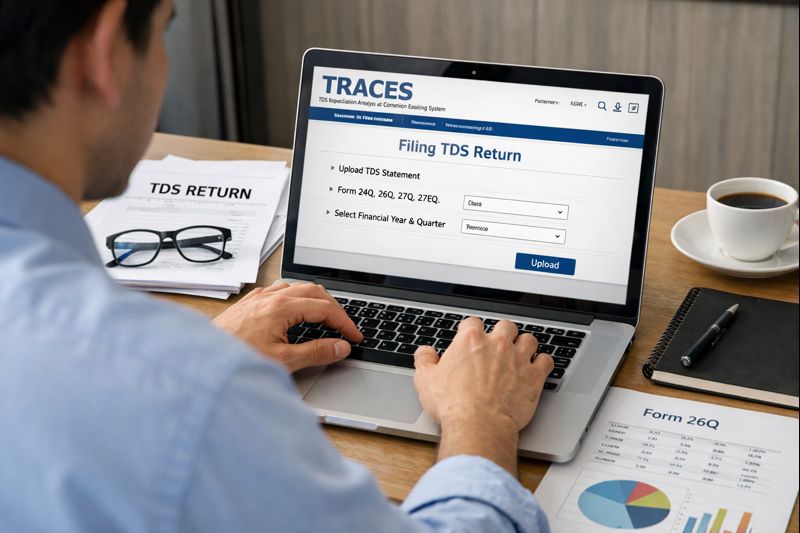
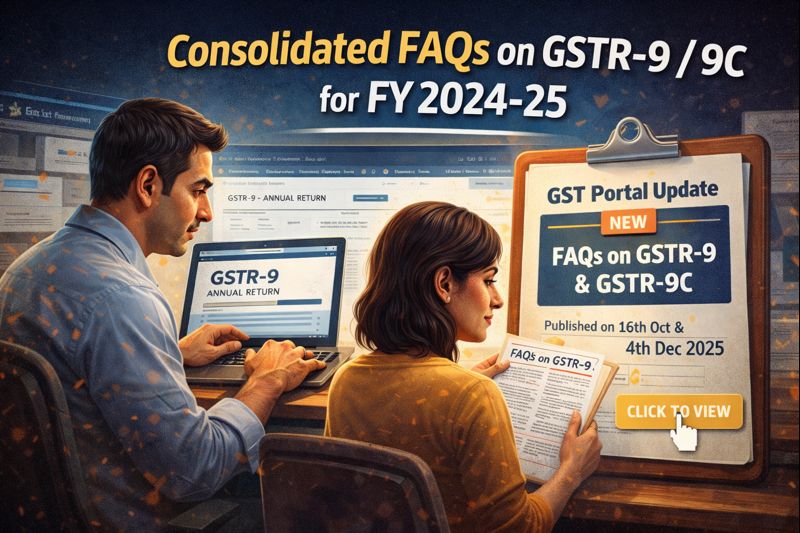
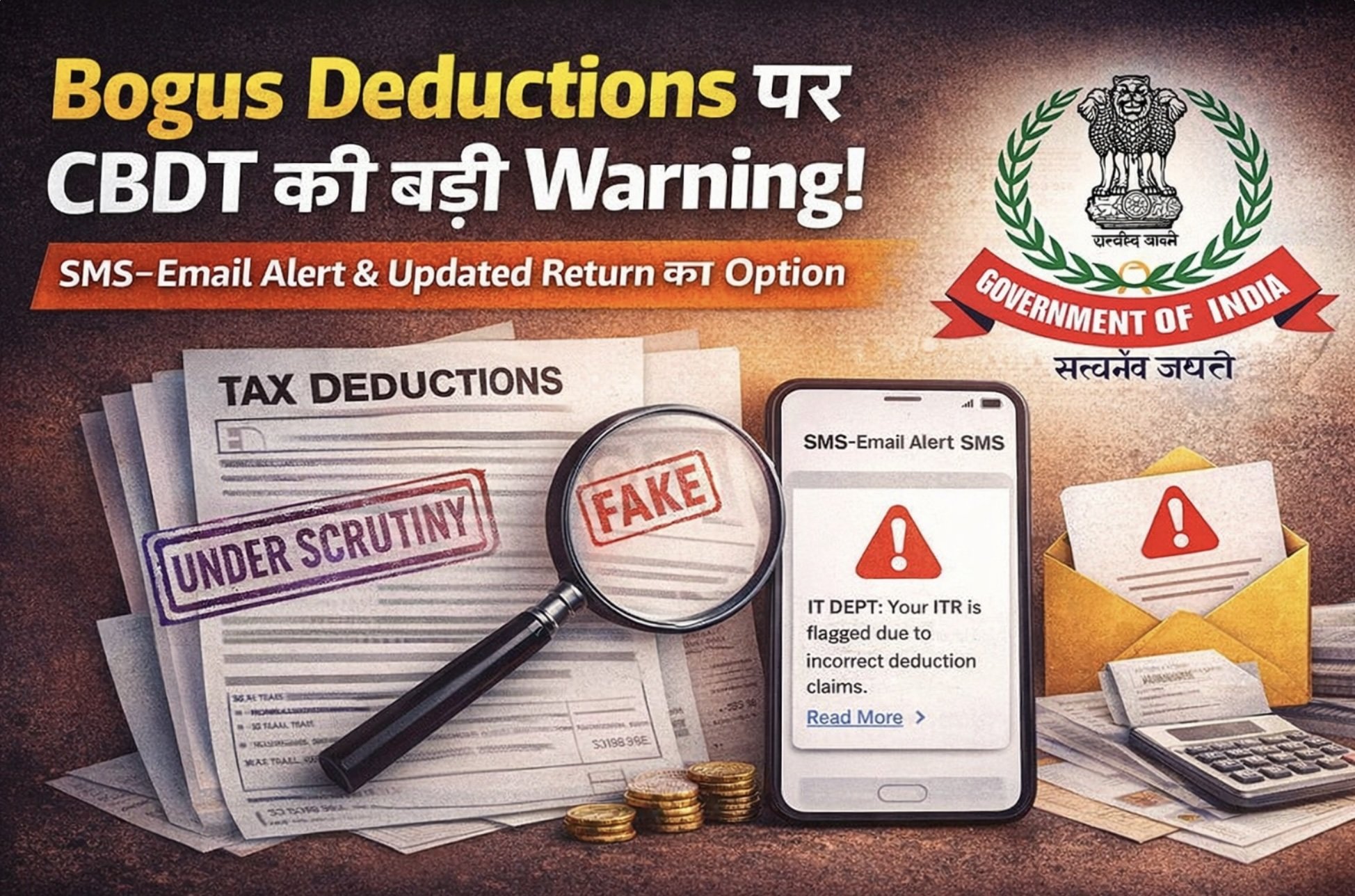
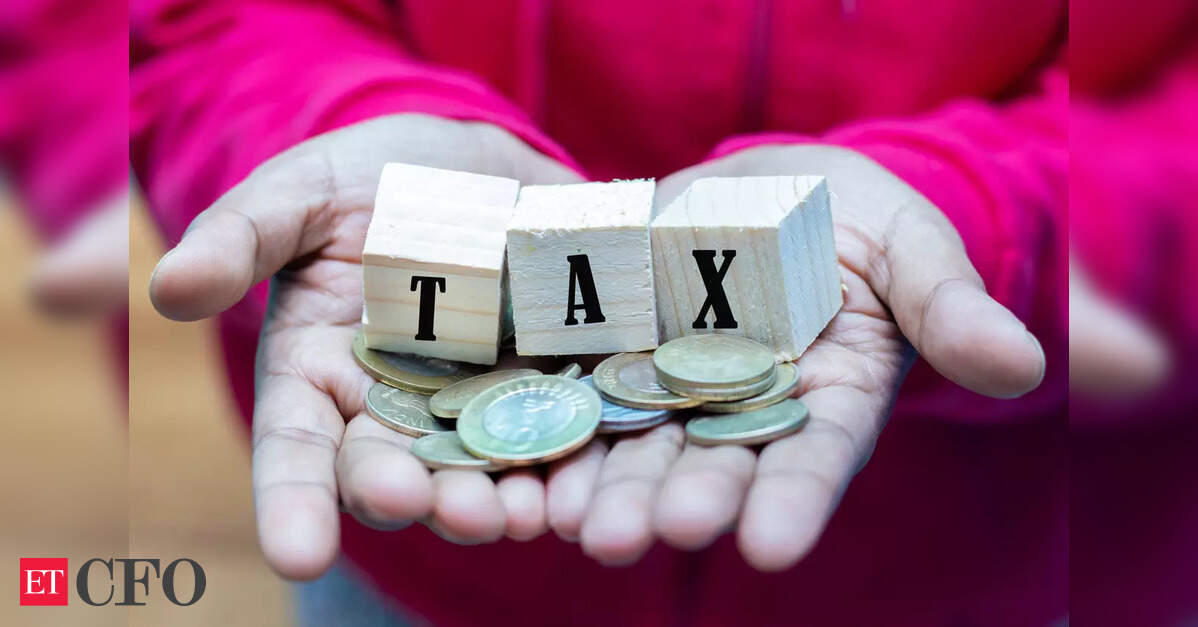

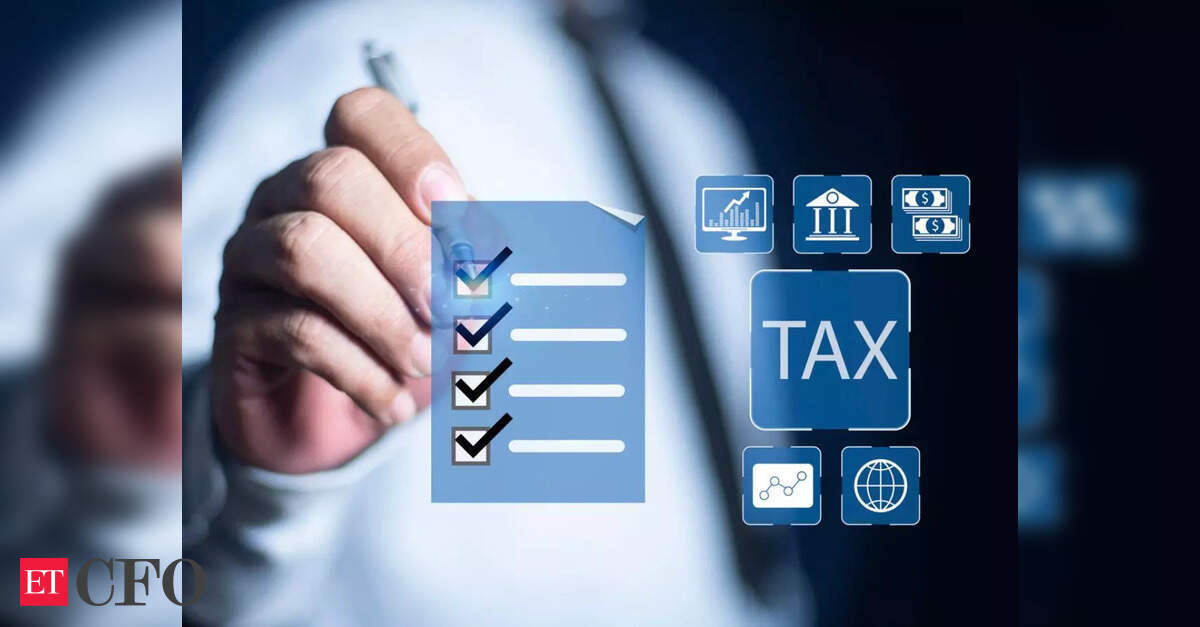
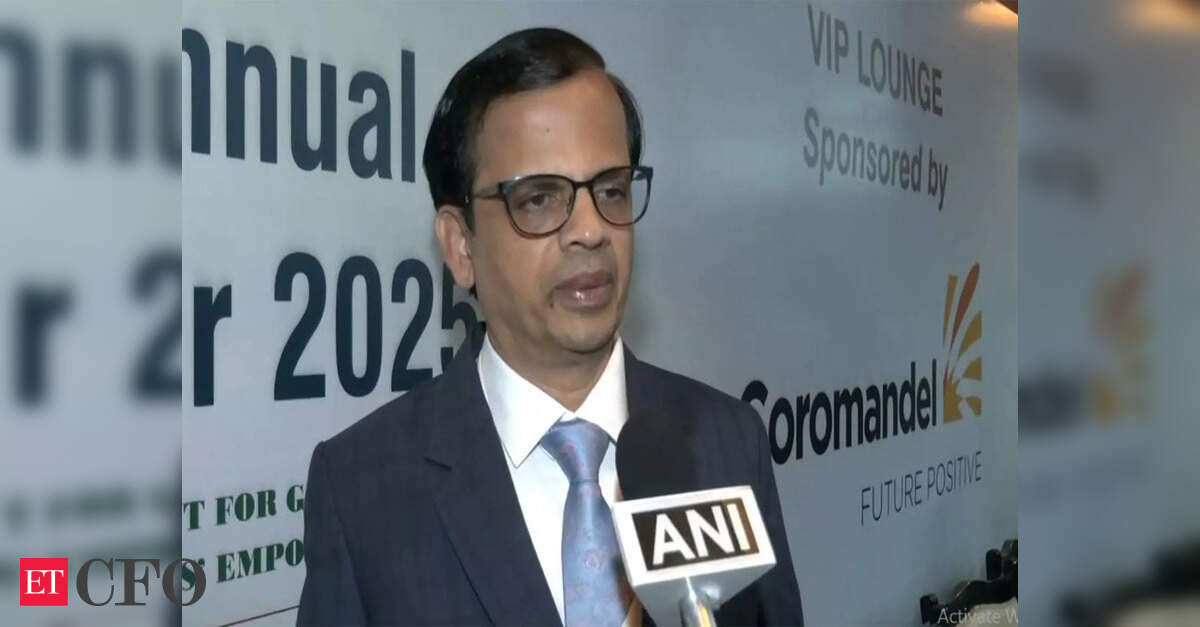


Mam,
In new tax regime, you are mentioned in point as “Very Limited Deductions and exemptions are available in new regime: 6) Housing loan interest Deduction on Let our Property only. It is applicable in new tax regime for AY 25-26 ITR filling.
Very Lucidly Explained
Also comparison is provided in easily understandable manner
I have a query if you could kindly answer the same please
I have been filing ITR as a professional and opted for new tax regime and am a senior citizen
My total income from FD interest income is 7,35,000- (from Nationalized bank) and did not have any other income due to serious illness.
I contribute to the National Pension System 6000- yearly.
What will be my tax liability please. How much marginal relief shall I be getting if any please
Many Thanks Please
Can you workout tax under old scheme?
Madam
Need help for filling my itr.
Please help.
Send the details of charges